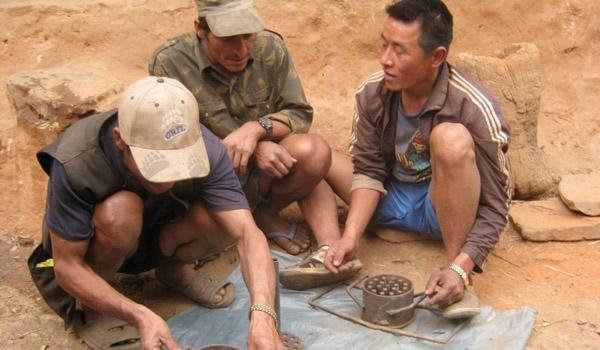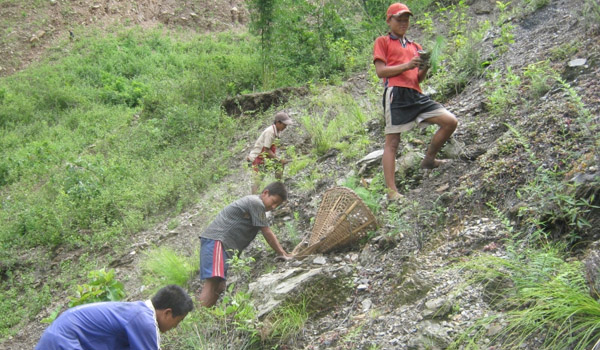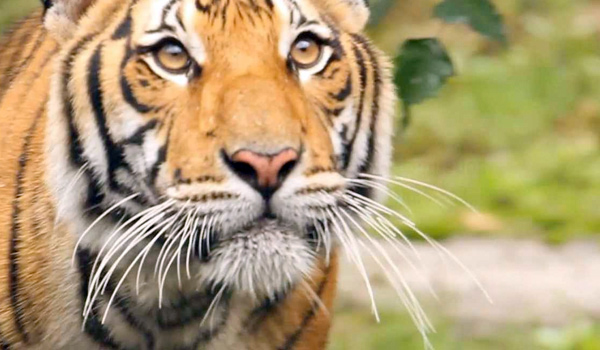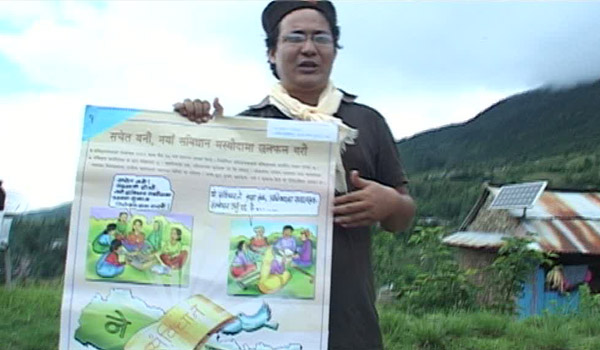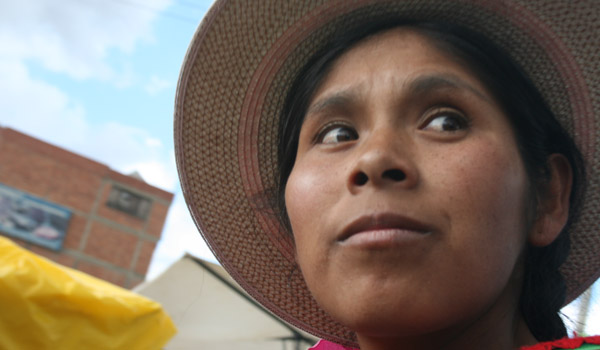Sacred Himalayan Landscape (SHL) is the crowning glory of the eastern Himalayas. Stretching over nine and a half million acres, the landscape extends from Langtang National Park in Central Nepal through India’s Kangchenjunga Complex to the Toorsa Strict Nature Reserve in western Bhutan. The high topographic complexity and related climatic variability give rise to significant ecological gradients, and thus high ecosystem diversity over a relatively small area. Many habitats in this complex mosaic are unique to this mountain system. The landscape also supports ecological services critical for maintaining biodiversity, human lives and livelihoods. It hosts about 5 million people and includes a diverse array of ethnic groups.
WWF has a long history of working with mountain communities on conservation. In the changing conservation paradigm and political scenario, WWF has adapted well by integrating components of livelihoods, indigenous people, gender balance, resources governance and community empowerment into its usual practice of species conservation. The Sacred Himalayan Landscape (SHL) was conceptualized to conserve and protect the ecological integrity of the Himalaya by nurturing, and reviving, the traditional spiritual beliefs and practices of the local people that have, for millennia, sustained the mountain ecological systems; from the alpine meadows, through the temperate broadleaf and conifer forests in the mid hills to the Terai grasslands. The freshwater rivers and streams that originate from high altitude glaciers and the antecedent rivers that dissect deep gorges in the mountain range thread the transverse terrestrial ecosystems as vertical aquatic ecological links.
This film aims to capture the best practices and successful cases that have materialized through various projects, and the opportunities that are arising as gaps in mountain program – for instance, climate change adaptation, REDD, health issues, which are relatively new areas of interventions for WWF.

